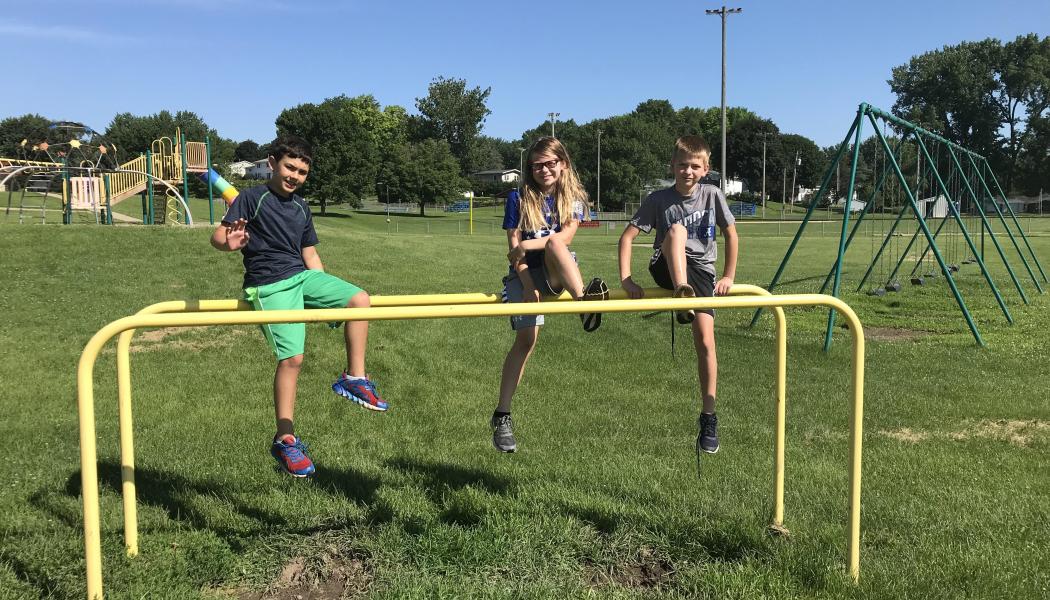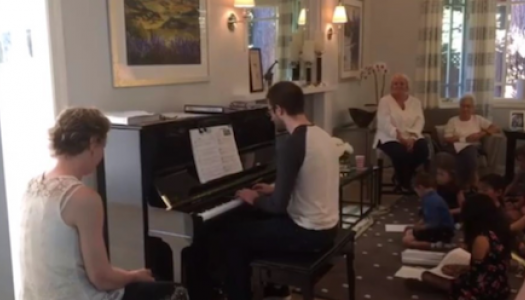The Power of Play in Schools

Join Our Community
Access this resource now. Get up to three resources every month for free.
Choose from thousands of articles, lessons, guides, videos, and printables.
Scott Bedley
You may have read the title of this essay and asked yourself, How does play relate to Daily 5 and teaching reading, writing, and math? At one time I would have asked that same question. Then about five years ago an educator friend passed along a TEDx Talk by Dr. Peter Gray from Boston titled “The Decline of Play.” I knew play had value, but I hadn’t thought deeply about how far society had moved away from providing unstructured playtime for kids. In his talk, Dr. Gray argues that the loss of unstructured playtime is leading to such things as a growing lack of empathy, decreased self-control, an increase in the number of clinically diagnosed mental disorders, a decline in creativity, increased narcissism, a rise in suicide rates at younger and younger ages, and other ill effects.
Right around the same time, I read that some schools were eliminating recess to increase the amount of time devoted to preparing for standardized testing. The pressure to have students perform well on the tests was sending well-intentioned educators off course. An emerging body of research showed the positive effect of play on a child’s social-emotional health.
All these factors coming together also brought together a small group of educators. We decided to start a grassroots effort to bring awareness to this growing problem that we were seeing in our own classrooms and schools—problems affecting our students’ ability to focus on learning reading, writing, and math.
In just one month of spreading the word through social media and on our podcast, The Bedley Brothers, teachers registered more than 65,000 children for the first Global School Play Day: February 4, 2015, a day focused on unstructured play.
Global School Play Day continued to spread around the world, and last year, more than half a million students from 72 nations were registered by their administrators or teachers to participate in the fifth annual celebration on February 6. This was important in places like Beirut, Canada, China, Ghana, India, Russia, and, of course, in all 50 United States. Schools from around the world stood together to say, “Unstructured play is a vital part of proper child development!”
I’ve seen the effect on my classroom students and read post after post about the positive effects teachers see from just one day of unstructured, screen-free play. Yet Global School Play Day isn’t only about saying kids should play one day a year. It’s also about bringing awareness to this vital part of a child’s healthy development with the hope that schools, children, and families will see the importance of play in fostering skills such as empathy, self-regulation, stress relief, cooperation, physical motion, creativity, problem solving, and much more. Play gives kids the chance to bring the learning from our classrooms and infuse it into their world of imagination, into their context of understanding.
So what do I do, as a teacher, during Global School Play Day? I step back, observe, listen, and learn how students learn. I see the kids who are having trouble connecting with their peers. I see kids learning how to relate and create. I see kids getting bored, and then I see the real creative play happening as they get unbored. You see, on that day, I don’t create their schedule. They design it themselves. The kids spend days planning what they want to do on that day, understanding that we still obey our school rules for safety and that the day will be “screen-free.”
The biggest question I get as one of the founders of Global School Play Day is “How can you give up one day of instruction?” I have a few typical responses. First, the kind of learning going on that day is amazing. The kids are completely exhausted by the end, both physically and mentally, and yet they can share about all they have learned when we reflect. I see them creating their own imaginary businesses or playing board games or building blanket forts, but as an educator, I see beyond the play, as I’m sure you do. I see civics, math, speaking, design, engineering, collaboration, problem solving, creativity, reading, deep thinking, and much more.
So how does unstructured playtime connect with the content we must teach? It truly allows kids to put all those important things into their context of the world around them. I can tell you that for me, it is the most energizing day of the year. So join the movement and help us tell the world that unstructured, child-selected play is not frivolous and isn’t just a reward.
Like Fred Rogers (a.k.a. Mr. Rogers) said, “Play is often talked about as if it were a relief from serious learning. But for children, play is serious learning.”
To learn more about this free event, visit www.globalschoolplayday.com.






